
- sophiaguo@sbmsolartech.com
- Home
- product
- Solar Lights
- Other Solar Products
- Street Light Pole
- Application
- Project
- About Us
- Blog
- Contact
Post time: 2021-11-09 13:47:16
The output voltage (or charging voltage) of the solar panel determines the switching on/off operation, and the brightness of the sunshine determines the output voltage of the solar panel. Therefore the brightness of the sunshine determines the charging voltage of the solar charger controller. Charging voltage increases as the light intensity rises, and decreases as light intensity decreases.
Solar street lights generally do not require a separate timing switch, because the controller can do a better job of switching the lights on and off automatically.
The biggest advantage of solar streetlight is the elimination of buried wires, which can save the 2 major costs of digging and filling the ground, and purchasing cables. If the switch is set up uniformly, then these two costs are spent as usual (of course, the cable can be changed to a thinner signal line). So the solar led street lamp needs an auto switch function, otherwise, it will lose the meaning of solar energy.
The good thing is that the development of the single-chip computer has been fully equipped to complete this task brilliantly.
Solar street lights are generally composed of four major parts: solar panel, battery, LED lamp head, and solar charge controller. The solar charge controller places a very important role to take care of the charging and discharging, but also the "brain" of the solar system, which takes care of the switching on/off, working time, and light power management.
Back to the solar panel itself that the silicon chips integrated with the solar panel are photosensitive electronic components, and there is no need to add an extra light sensor.
The output voltage (or charging voltage) of the solar panel determines the switching on/off operation, and the brightness of the sunshine determines the output voltage of the solar panel. Therefore the brightness of the sunshine determines the charging voltage of the solar charger controller. Charging voltage increases as the light intensity rises, and decreases as light intensity decreases.
When the charging voltage determined with a certain value (e.g. below 5v to switch on and above 5v to switch off), the micro-controller in the controller will automatically turn on/off the electronic switch to turn on/off the solar street light.
A lot of tests and experiences tell that solar charging voltage at 5v is the right moment to switch on/off the lights, it has been a standard value for solar controllers and photo-controller devices.
The difference between all in one solar street light and split type Solar street lights is a solution for world's rural areas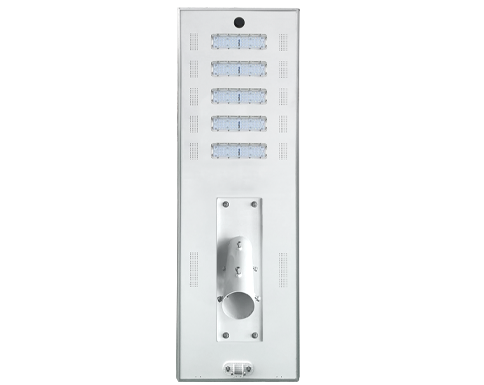
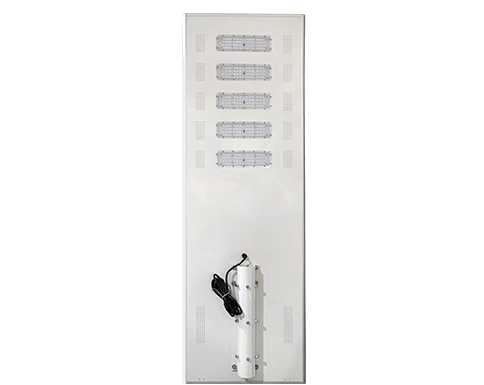
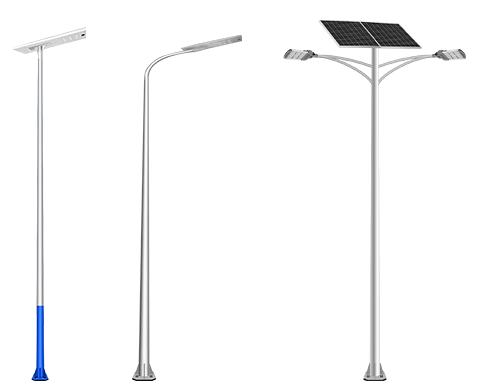
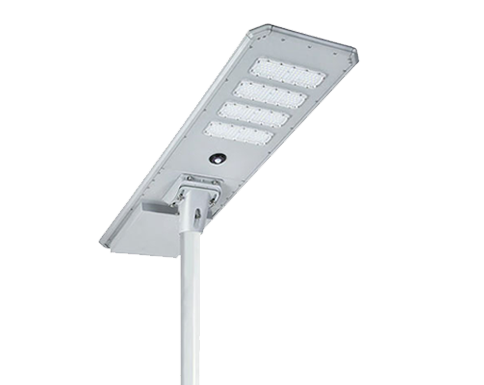
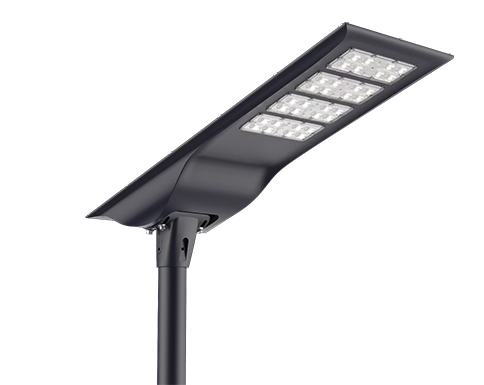
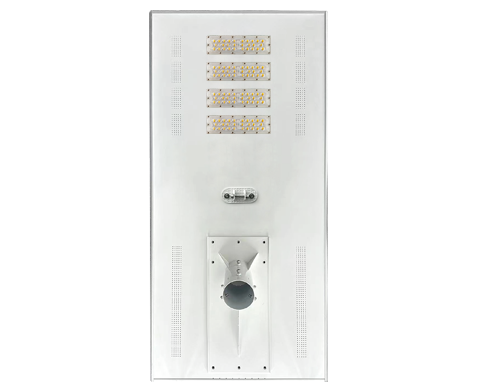

Please fill out the form below to start chatting with the next available agent.
Start Chat